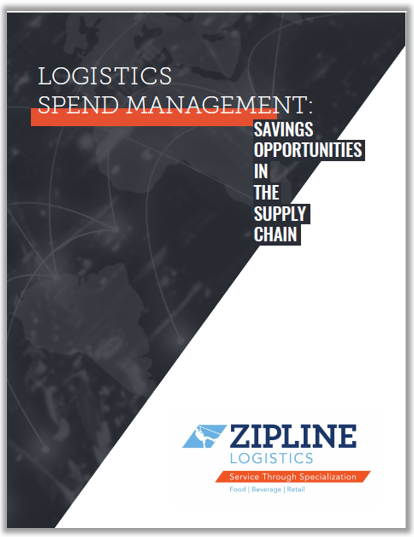
For an industry that has such a big impact on the economy and people’s lives, logistics is subject to a surprising amount of unpredictable, external conditions that can affect freight rates—such as natural disasters and changes in the workforce.
Here we break down different impacts that lead to freight rate fluctuation, how they have recently influenced rates, and how they are projected to affect rates in the future.
Tips for Reducing Freight Rate Fluctuations
With numerous cost-drivers beyond the control of shippers – market capacity, seasonality, natural disasters, etc. – it can be difficult to proactively manage transportation costs, but it is not beyond the realm of possibility.
- Be flexible with service providers – with high load-to-truck ratios, truckers have multiple options available to them and will choose the orders that are most desirable. This might mean orders with convenient pick-up and delivery times, more lead time, easy-access facilities that are near major roadways, higher-paying jobs, or freight that is easy to load/unload and requires little equipment. The more accommodating you can be, the easier it will be to secure a quality driver at a fair price.
- Provide as much information as possible – freight spend can rise when unanticipated fees are stacked on top of estimated rates. Work to avoid added fees by being diligent and detailed with the information provided to service partners.
- Leverage technology – IT and data analysis solutions exist to automatically identify optimal routes, modes, scheduling, consolidation, and more. These tools – in conjunction with human interpretation and intelligence – can help businesses to increase supply chain efficiencies and cut transportation costs.
- Maximize loads – With carriers charging more, shippers can work to keep costs down by maximizing how much they load onto each truck. Whenever possible, making tweaks that allow for more volume per order will help cut spend because fewer trucks will be needed overall.
- Don’t hesitate to say no – You may need to decide to no longer serve a certain region, or may need to raise your order minimums to make a sale profitable. Run the numbers, then be upfront and honest with your customers, educating them on the change in transportation prices. They’ll likely be receptive to your requests for different scheduling or volumes.
Do you want to be better prepared for the current changes in freight rates?
Contact our logistics consultants today for help
If you want deeper insights into your logistics spending and performance that can help you plan for better, more efficient shipping, learn more about our proprietary shipper intelligence tool, Kanopi.
 | Logistics Spend Management: Savings Opportunities in the Supply Chain Looking to reduce your transportation spend? Check out our eBook for advice on how to identify untapped logistics savings opportunities. |
